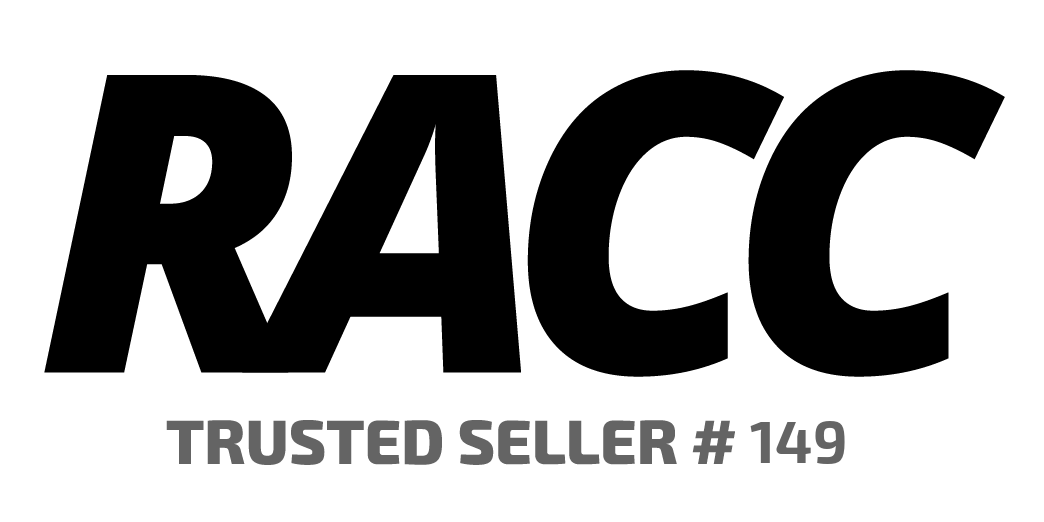"The Many Faces of Constantine the Great" Set of (6) Coins with Deluxe Wooden Display Box
- Lot number 9414450
- Total views 14
- Total bids 1
- High bid $20.00
- Remaining time 4d 6h 27m
- COIN
Please see photos for condition of the coins and the display box.
Constantine the Great was the first Christian Emperor of Rome, the founder of the great city of Constantinople, and arguably the most historically significant Roman ruler of the Common Era. With the exception of St. Paul and Jesus of Nazareth, no individual had more of an impact on the Christian faith than Constantine I. He legalized Christianity in the Empire, and worked with the Bishop of Rome to establish the Papacy in that city. He erected a number of important churches, including the old St. Peter's Basilica and the Church of the Holy Sepulchre in Jerusalem. He convened the early church fathers at Nicea to codify the Christian belief system; the resulting Nicene Creed is still a part of Catholic liturgy. Constantine decided to celebrate the Sabbath on Sunday rather than Saturday, to honor the day when Jesus rose from the dead. The Catholic Easter falls on the first Sunday after the first full moon after the vernal equinox, because that's when Constantine decided it should be celebrated. Constantine popularized the use of the cross as a symbol for Jesus, a stylized version of the chi-rho symbol he saw in his vision before the Battle of Milvian bridge. And it was Constantine who banned the use of crucifixion in the Roman Empire, in deference to Jesus.During his three-decade reign, the bust of the mighty Augustus evolved. This collection shows some of the many faces of Constantine the Great:1/ JOVI, or JUPITER, 312-313.-Issued early in his reign, when he was still consolidating his power. The face and neck are broad, demonstrating physical strength. On the reverse, Jupiter, or Jove, brings his divine protection.2/ TWO VICTORIES, 318-319.-By now, Constantine has fought and won two battles with Licinius I, his rival Augustus and the husband of his half-sister Constantia. The head and neck are smaller, more refined.3/ TWO CAPTIVES, 320-21.-With the peace between Constantine and Licinius ended, the former appears here in a helmet, ready for war. On the reverse are two captives, perhaps suggesting Licinius I and his son, Licinius II.4/ CAMP GATE, 325-27.-By now, Licinius has been executed, and Constantine I is the sole ruler of the Roman Empire. The bust occupies as much space on the obverse as it possibly can, representing his omnipotence. On the back is the Camp Gate, a symbol of war.5/ TWO STANDARDS/GLORIA, 330-333.-When these coins were struck, Constantine had been emperor for a quarter century. The visage is wizened, war-weary. On the reverse are the presentation of the two standards, representing the Eastern and Western halves of the Empire.6/ GHOST, after 337.-In this posthumous issue, struck after the division of the Empire into thirds, a ghostly Constantine wears his death shroud.
This is a stock item and stock images may be used in this listing. The exact item you will receive will be of equal quality to the one pictured.
This item is being shipped from an approved vendor's location.


















